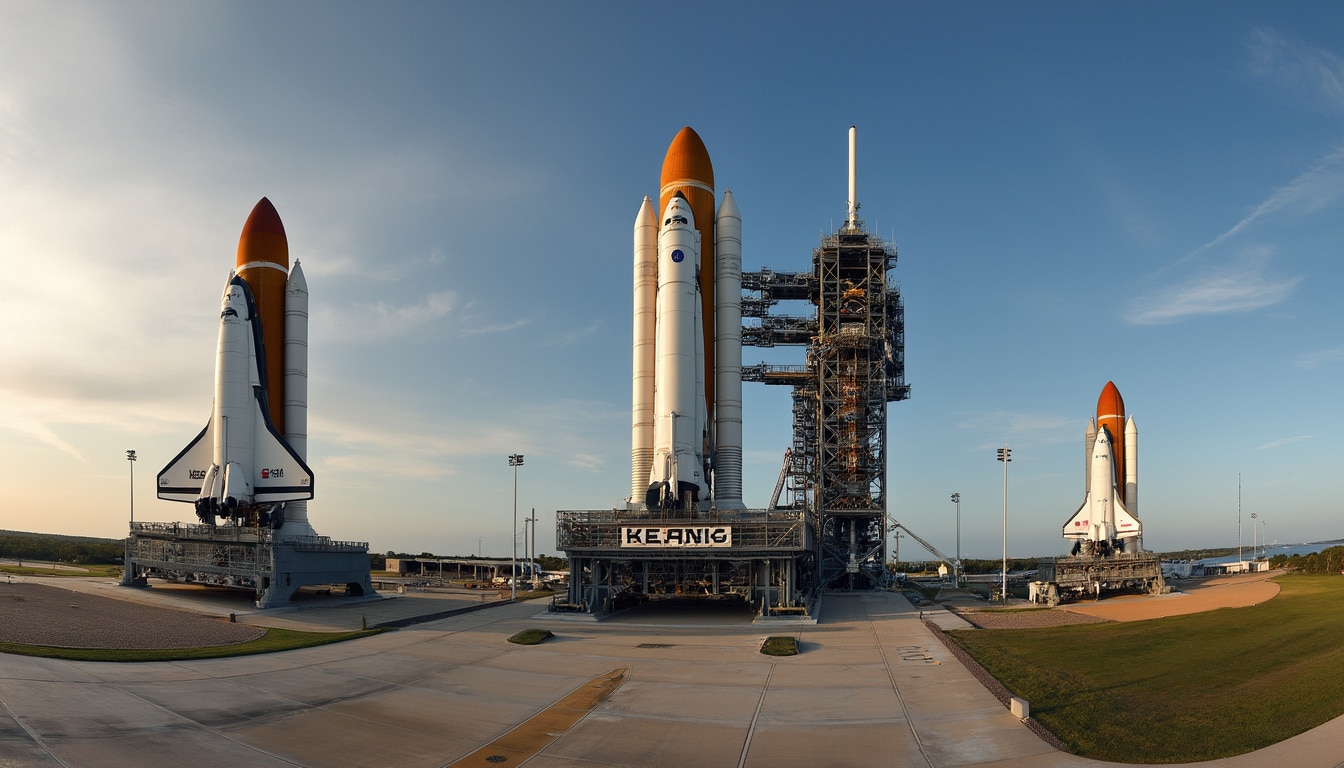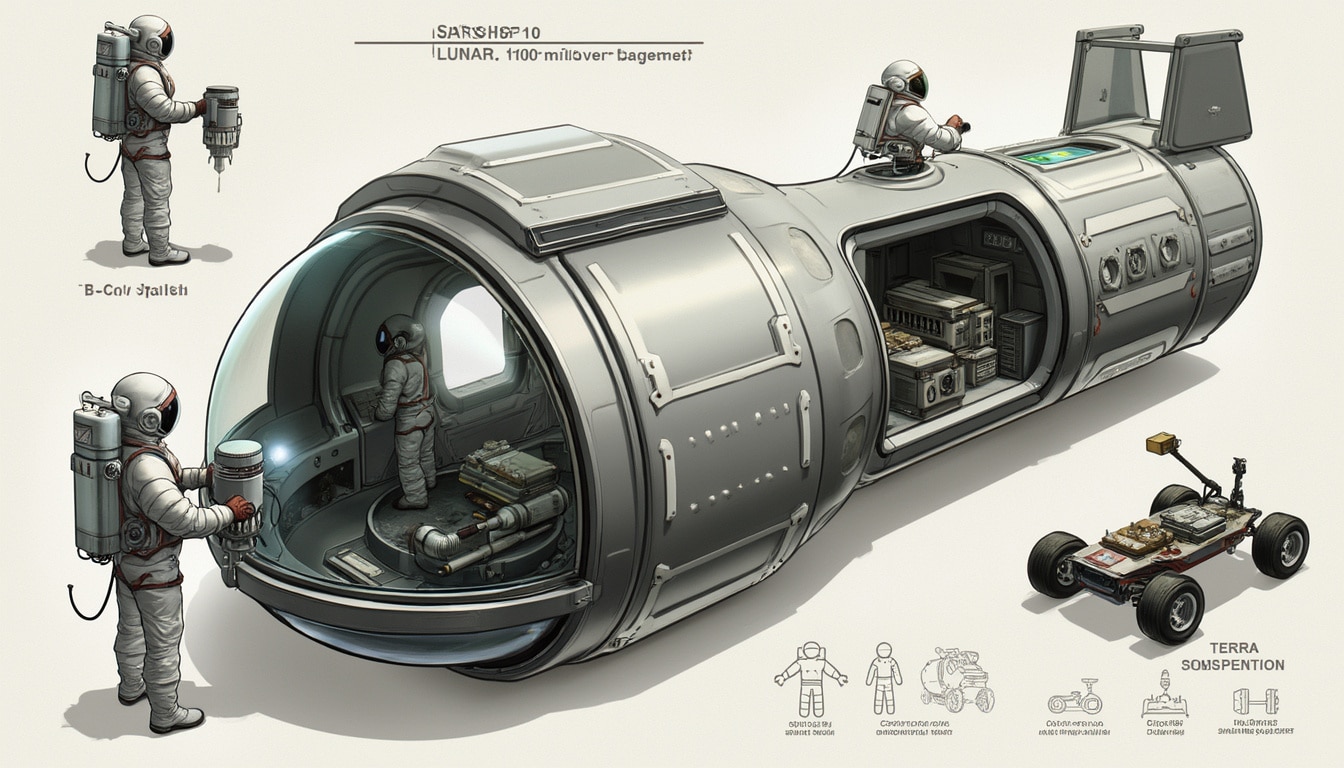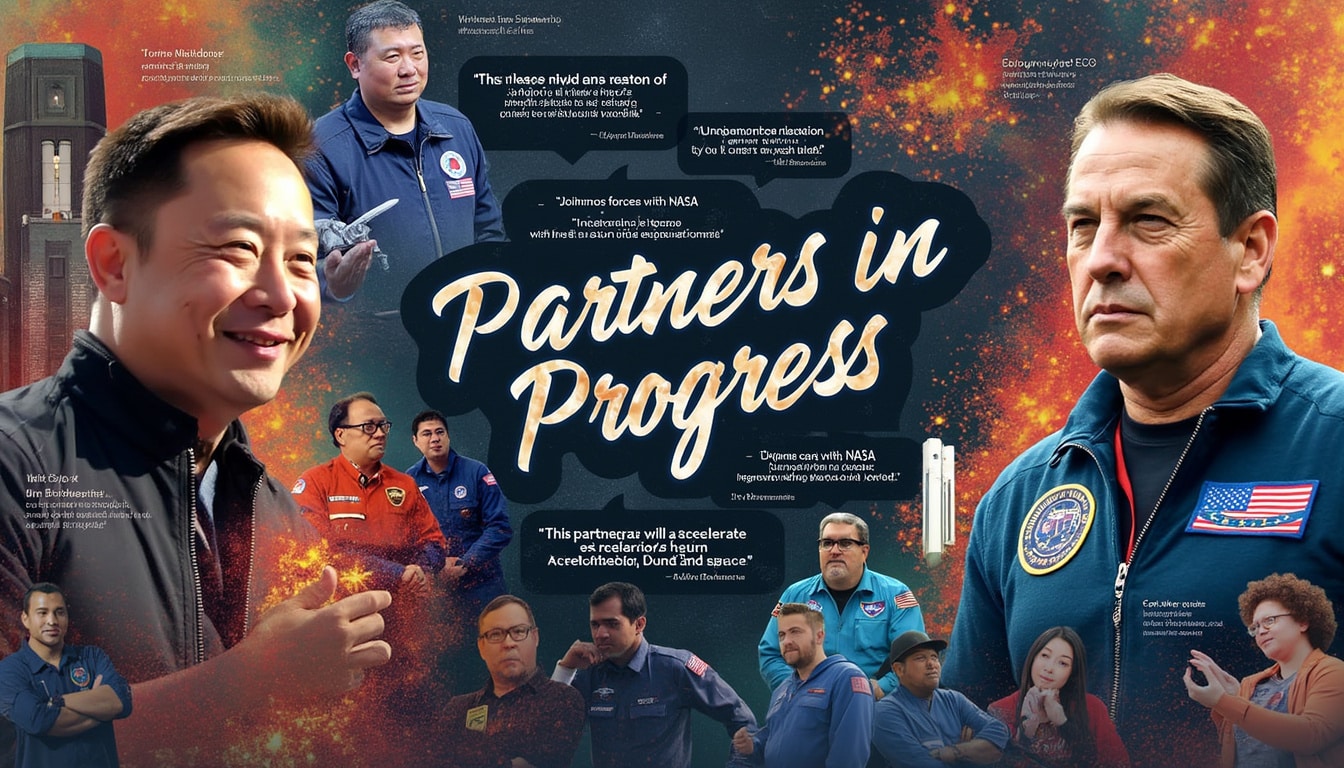Navigating the modern landscape of space exploration reveals an exciting chapter as NASA extends its launch services contract to incorporate SpaceX’s prominent spacecraft, Starship. This strategic move signifies a pronounced shift in how NASA approaches its ambitious exploration goals while simultaneously embracing the capabilities offered by commercial spaceflight entities. As the agency sets its sights on missions to the Moon and beyond, the inclusion of Starship aims to enhance its fleet with advanced launch options, reflecting NASA’s growing partnership with private sector giants like SpaceX. The following sections delve deeper into this transformative decision, the technical specifications of Starship, implications for future missions, and the responses from the broader aerospace community.
NASA’s Launch Services Contract Explained
The NASA Launch Services (NLS) program is a crucial backbone that supports the agency’s missions, facilitating the procurement of launch vehicles for a myriad of scientific and exploratory efforts. With the addition of Starship to this operational framework, it’s essential to understand how NASA categorizes and utilizes these contracts effectively, particularly when considering the associated risks.

Understanding NASA’s NLS II Contract
The NLS II contract serves as a pivotal resource for NASA, primarily aimed at securing launch vehicles for numerous science and exploration missions. This program has seen the incorporation of various rockets, such as SpaceX’s Falcon 9 and Falcon Heavy, in addition to vehicles like Blue Origin’s New Glenn and Northrop Grumman’s Atlas 5. By introducing Starship into this mix, NASA not only expands its launch capability but also diversifies the technology it relies on for its mission success.
Interestingly, the inclusion of Starship is not without its complexities. Although it’s a significant step towards enhancing NASA’s operational capabilities, the vehicle remains in its early stages of development, having yet to achieve the milestone of placing payloads into orbit. NASA’s categorization processes are instrumental here, as they classify vehicles based on their flight histories and risk profiles. Starship currently falls under the “high risk” category, which limits its immediate applications to lower-cost missions.
Categories of Launch Vehicles under NLS II
NASA operates under a categorization scheme that reflects the risk associated with different launch vehicles. This framework divides vehicles into three primary categories:
| Category | Description | Usage |
|---|---|---|
| Category 1 | High-risk vehicles, including those yet to make their first flight. | Primarily for Class D missions with higher risk tolerance. |
| Category 2 | Medium-risk vehicles with one to six consecutive successful launches. | For Class C missions and some Class D missions. |
| Category 3 | Low-risk vehicles that have demonstrated multiple successful launches. | Can be used for all classes of missions. |
Strict adherence to this categorization ensures that NASA maintains the utmost safety standards while pushing the envelope of innovation in space exploration.
Implications of Starship for Future Missions
The inclusion of Starship in NASA’s arsenal opens up a realm of possibilities for upcoming lunar and Martian missions. Designed for colossal payloads, Starship’s capabilities extend beyond mere transportation; its versatility positions it as a potential game-changer in how NASA approaches extraterrestrial exploration.

Human Landing System Program and Beyond
Among the immediate applications for Starship is its role in NASA’s Human Landing System (HLS) program. This initiative centers on enabling crewed lunar landings, particularly with the Artemis missions slated for the near future. The development of a lunar lander variant of Starship aims to align perfectly with NASA’s broader goals of establishing a sustainable human presence on the Moon.
As SpaceX progresses with the implementation of this lunar variant, crucial testing and development phases will ensue, ensuring that all scientific and safety protocols are stringently followed. By leveraging the Starship’s innovative design and operational flexibility, NASA is primed to elevate its lunar exploration missions significantly.
Lunar Gateway and Mars Missions on the Horizon
Another exciting facet of Starship’s incorporation into NASA’s launch strategy centers on its applicability to the lunar Gateway project and crewed missions to Mars. The Gateway is intended to serve as a staging point for lunar landings and a hub for future exploration into deeper space. Starship could facilitate the transport of cargo and crew to this critical orbital infrastructure, enhancing collaborative missions and strategic operations.
Looking at Martian exploration, the prospect of using Starship for crewed missions to Mars signifies a historical pivot in human spaceflight. Its ability to transport substantial payloads across the vast interplanetary distances aligns seamlessly with NASA’s aspirations to not just visit Mars, but establish a sustainable human presence there eventually.
Responses from the Aerospace Community
As anticipation builds around NASA’s decision to incorporate Starship into its launch services contract, responses from industry experts, analysts, and the public have ranged from support to skepticism. The broad spectrum of opinions reflects the significance of this move in reshaping the future of both NASA’s operations and the broader aerospace ecosystem.

Optimism Surrounding the Collaboration
Many aerospace professionals view the collaboration between NASA and SpaceX as a natural progression towards a more innovative and cooperative approach in space exploration. The advancement of technologies from private entities like SpaceX is seen as essential to augmenting NASA’s capabilities, particularly in an era marked by increasing competition and technological demands in space.
Experts predict that leveraging SpaceX’s developmental speed and cost efficiencies will catalyze significant advancements for NASA’s missions. This shift towards fostering public-private partnerships may indeed pave the way for further collaboration with other notable players in the aerospace industry, such as Boeing, Lockheed Martin, and Blue Origin.
Addressing Concerns and Risk Factors
While the Northrop Grumman and Virgin Galactic facilities have established their own successful track records, the upcoming integration of Starship into established historical frameworks comes with uncertainties. Balancing ambition and caution will be essential to ensure that NASA continues to prioritize safety as it explores new pathways for human exploration.
Looking Forward: The Next Steps for Starship
The road ahead for SpaceX’s Starship is lined with rigorous testing and essential regulatory approvals. As NASA works closely with SpaceX, many milestones await that will define not only Starship’s place within the NLS framework but also its operational viability in supporting ambitious exploration endeavors.
Upcoming Tests and Expectations
SpaceX is already on a proactive path to schedule further tests of Starship that will involve comprehensive evaluations of its performance parameters. Critical tasks will address functionalities required for both atmospheric and orbital operations, as well as key safety features. The successful execution of these tests will solidify Starship’s comprehensive operational capabilities.
Moreover, regulatory oversight, particularly from organizations such as the Federal Aviation Administration, will determine the timelines and logistics associated with upcoming flights. Regulatory certainty remains crucial as SpaceX navigates the complexities of testing and operational deployment.
Broadening the Horizon for Space Exploration
The inclusion of Starship into NASA’s launch services contract represents more than just a technical maneuver. It signifies an intent to forge deeper connections between public space endeavors and private sector innovations. Driven by partnerships with companies like Rocket Lab and Sierra Nevada Corporation, NASA is charting a new course that emphasizes collaboration and shared objectives in advancing human capabilities into space.
As humanity collectively gazes towards the stars, the forthcoming journey of Starship will inspire a new generation of scientists, engineers, and explorers, rekindling interest in the captivating realm of astrophysics and technology. This is just the beginning of an adventure that promises to reshape the future of space exploration, grounded in innovation and collaboration.




Leave a Reply